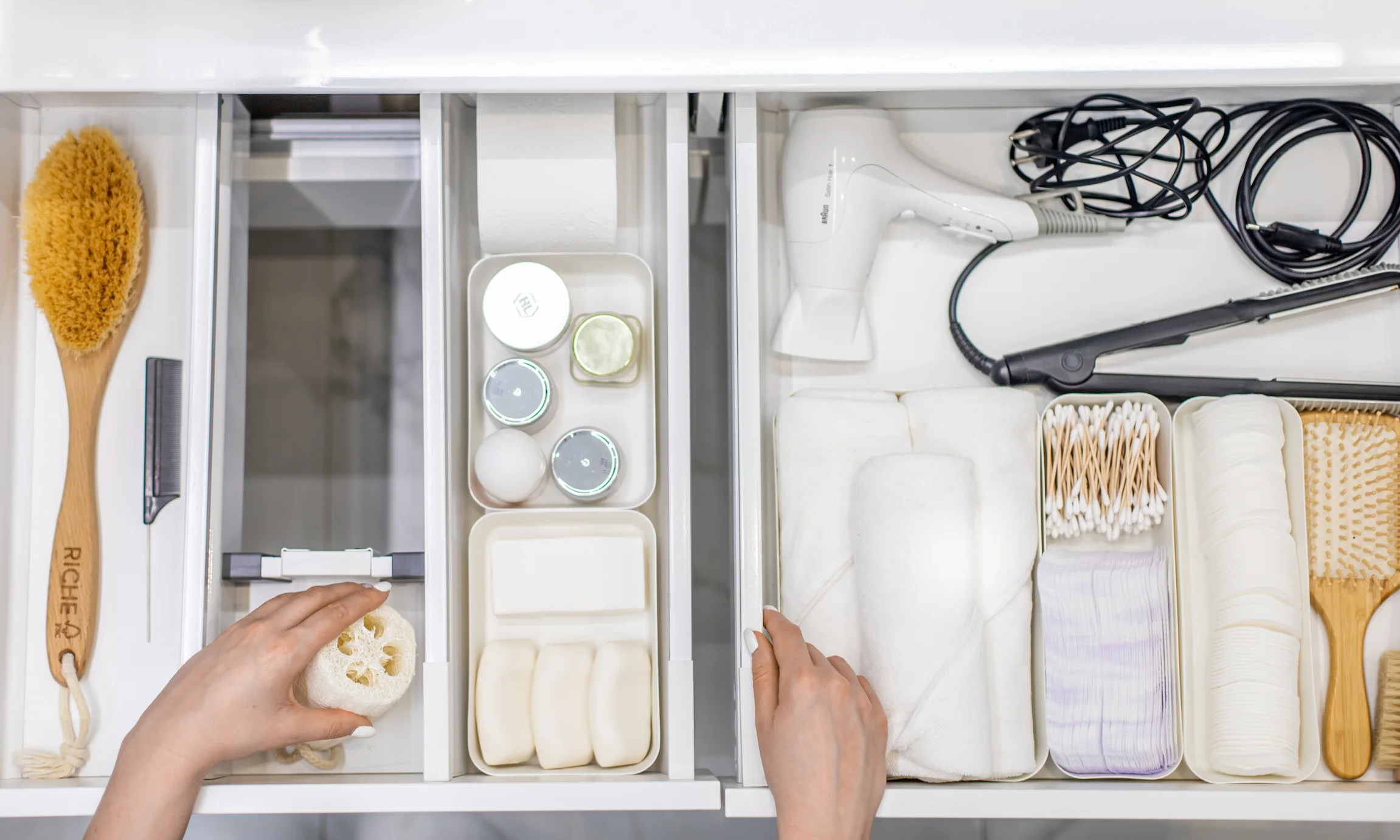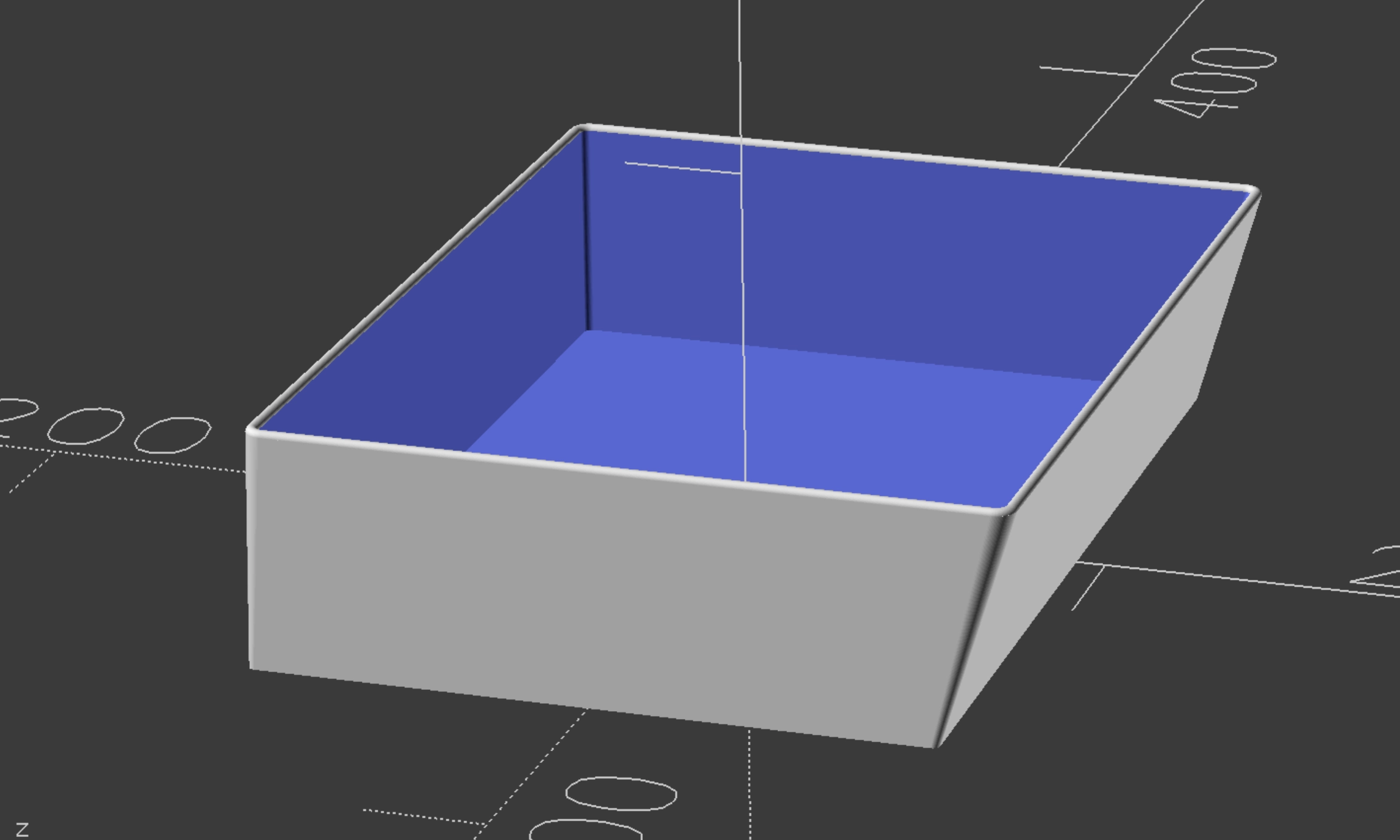
Electronics are supposed to make life easier. Instead, they often stage a slow coup—one cord at a time—until your home office, kitchen counter, and bedside table are all co-conspirators in the clutter. Devices pile up. Chargers vanish into a tangle. Random accessories appear whose original devices are long gone.
It’s not that you’re tech-averse. It’s that technology seems to multiply in the shadows. Kimberly Savel-Turek, founder of Room to Breathe Professional Organizing in Baltimore, MD, sees this all the time and swears that wrangling your gadgets is entirely possible.
The process is part triage, part strategy, and part knowing exactly which drawer insert will keep you from unraveling at the sight of another cable knot.
Before you buy bins or start wrapping cables, you gather. All of it. The chargers in your kitchen, the old tablet in the closet, the laptop bag you haven’t opened since 2019. Seeing the entire pile in one place forces a reckoning.
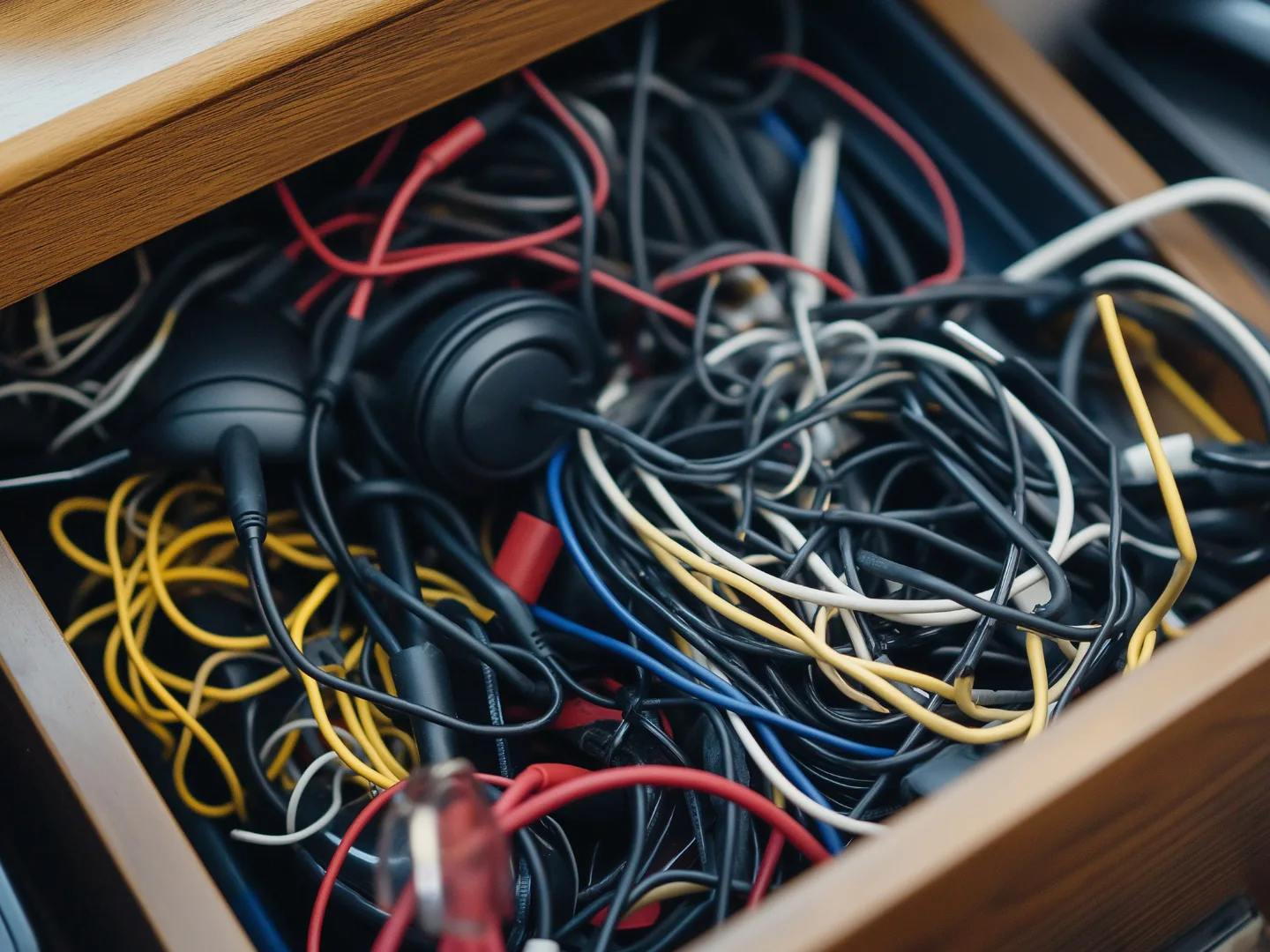
As Kimberly says, “Start by bringing everything together in one place. You can't create space until you see what you're working with. Categorize similar items, remove what is outdated or broken, and let go of any excess. Creating calm starts with clearing the noise.”
Your keep-or-toss checklist:
Cables are the gateway clutter. Left alone, they multiply. Kimberly’s fix? “We recommend using labeled cord wraps and drawer inserts with small compartments. Each item should have a home. When you can open a drawer and see everything clearly, you can find what you need quickly and each item has a home to return to.”
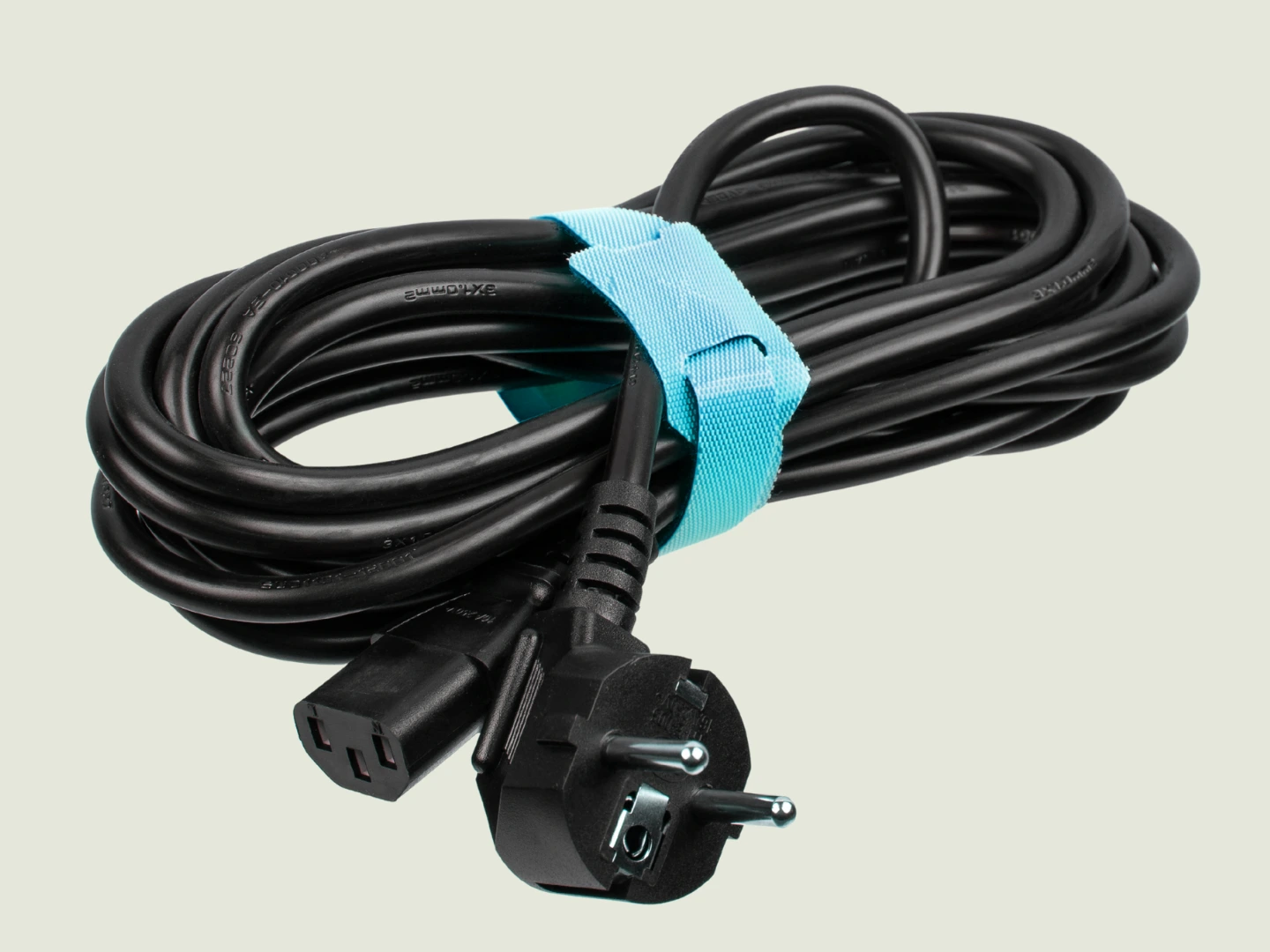
That “home to return to” part is crucial—your cords are not nomads.
Cord storage MVPs:
Every household has that moment: you’re down to 3% battery and can’t find your charger because it’s migrated to someone else’s nightstand. Kimberly’s fix is deceptively simple. “A simple, shared charging station makes all the difference. Assign a spot for each device by labeling each slot and use cable organizers to keep cords neat.”
Location is everything—entryway, living room, or kitchen—anywhere everyone passes daily. She even name-drops a favorite: the Prosumer's Choice Black Wooden Charging Station Organizer. When every device has a labeled spot, “the chaos fades and a sense of order takes its place.”
If you feel like going the DIY route, one of the smartest projects is a DIY nightstand charging station: it keeps cords hidden and your bedside area clutter-free.
Drawers and cabinets aren’t just storage—they’re where organization either thrives or dies. Kimberly’s go-to tools? “Modular drawer inserts or stackable bins are great tools for creating structure. We like clear or neutral colors to keep the look light and clean. Brands like AnyDrawer offer beautiful, custom solutions that fit perfectly into your space.”
Drawer game changers:
Your devices may be organized, but your phone and laptop can still feel like a chaotic attic—apps you never use, photos you forgot you took, and file names so cryptic you’re not sure if you can delete them. Ignoring digital clutter doesn’t make it disappear; it just makes finding anything take longer.

Kimberly draws the parallel we all need: “Think of your digital space like a closet—it needs routine care. Set a recurring date to delete unused apps, archive old files, and delete photos you don’t want to keep.” That date could be the first Saturday of the month or a quarterly refresh—whatever feels sustainable.
Small actions that keep the digital mess at bay:
When your screens feel lighter, your brain does too.
Getting organized once is an achievement. Staying organized is the real challenge—especially with electronics that come in and out of your home regularly. Without maintenance, you’re just one holiday sale or gadget upgrade away from being back at square one.
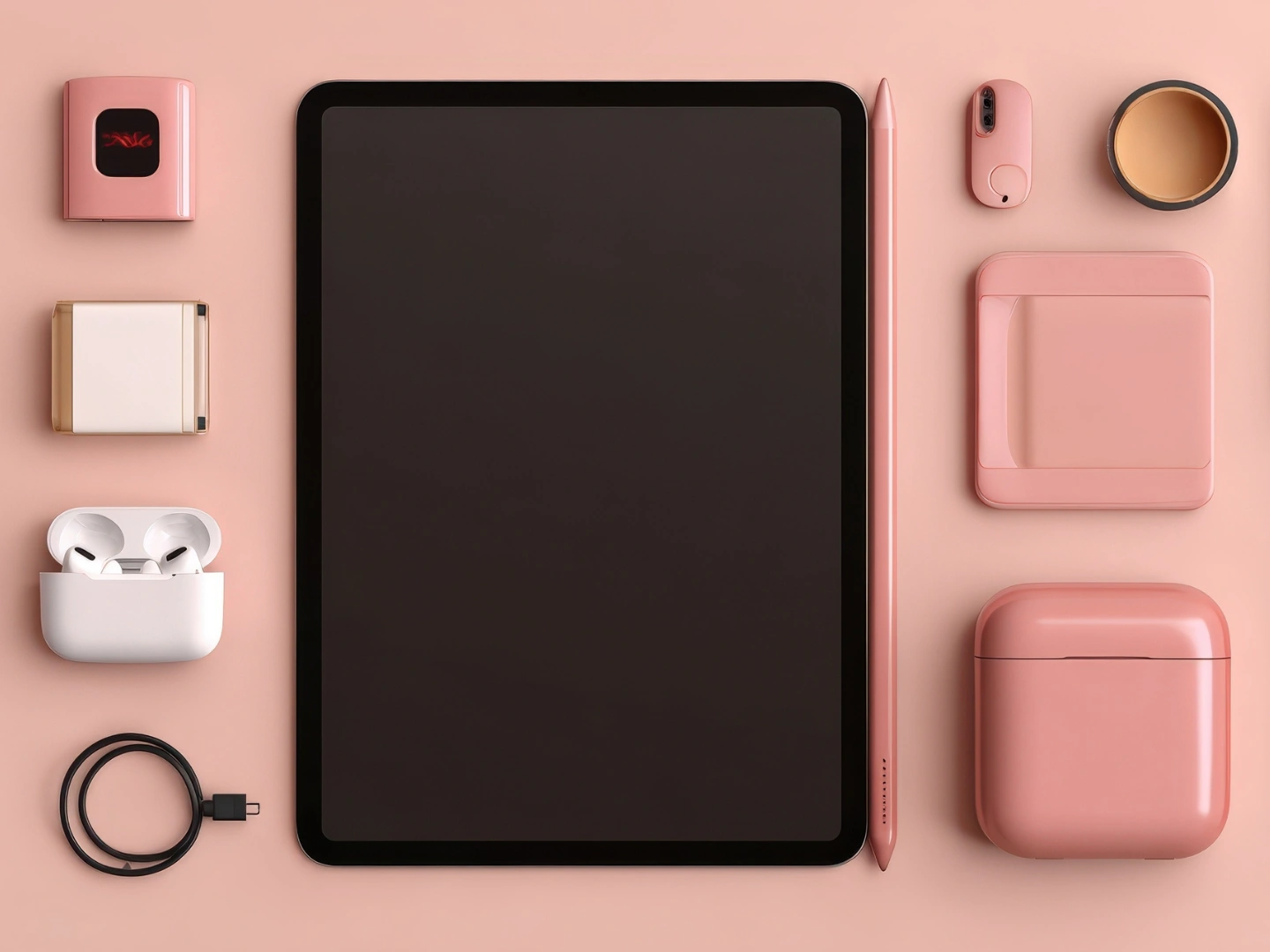
Kimberly keeps it simple: “Weekly check-ins like tidying a charging station or resetting your desk drawer take just minutes but help prevent buildup.” These are not marathon sessions; they’re micro-maintenance moments you can fit between other tasks.
Ideas for easy weekly resets:
The key is consistency. Skip too many weeks, and the tech clutter starts plotting a comeback.
At the end of the day, this isn’t just about being neat—it’s about removing friction from your life. That’s why Kimberly’s favorite part of the process is the visible relief her clients feel afterward. She recalls one who had a tech drawer so overwhelming it was actively stressful to open. “We sorted everything, recycled the excess, and added drawer inserts for structure. The transformation wasn't just physical—it brought visible relief. They told us, ‘Every time I open this drawer now, I feel calm instead of frustrated.’”
Think about that for a second: one small, organized space flipping the script from irritation to calm.
Why tech organization pays off:
Organization isn’t about perfection—it’s about creating a system that frees up your time and headspace for things that actually matter.
Learning how to organize electronics isn’t about achieving Instagram-worthy cable coils—it’s about reclaiming your space and your sanity from the tech creep.
By following Kimberly Savel-Turek’s step-by-step approach, you’re setting up a system that works with your life, not against it. And when every cord, charger, and device has a home, you’ll spend less time searching and more time actually using the technology you own—minus the frustration.
